Interviews with Experts
9 Critical Steps to Enhance Your Harvesting and Post-Harvest Care
Did you know that up to 30% of harvested fruits and vegetables are lost due to poor post-harvest handling?
To minimize these losses and maximize the quality of your produce, it’s crucial to pay close attention to the critical steps of harvesting and post-harvest care.
By implementing specific techniques and practices, you can significantly improve the shelf life, appearance, and overall market value of your crops.
Whether you’re a small-scale farmer or a commercial producer, mastering these essential steps can make a notable difference in the success of your harvest.
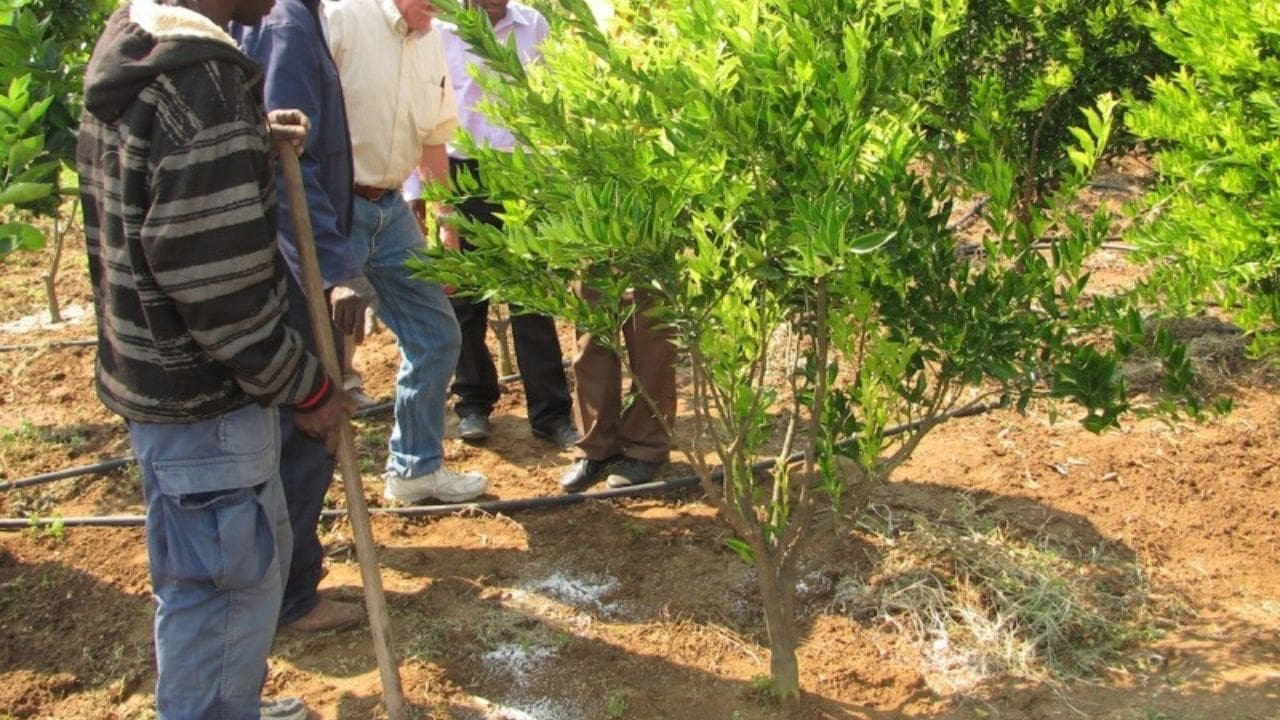

Key Takeaways
- Handle produce with care to avoid bruising or damaging the skin
- Assess color, texture, and aroma to determine ripeness
- Maintain optimal temperature and humidity levels for storage
- Implement sorting and grading techniques for maintaining freshness and quality


Picking Techniques
When harvesting fruits and vegetables, it’s essential to use proper picking techniques to ensure the highest quality and shelf life of the produce. Always handle the produce with care to avoid bruising or damaging the skin, as this can lead to increased spoilage and reduced shelf life. Use sharp, clean harvesting tools such as pruning shears or knives to make clean cuts and avoid tearing the plant tissues. When picking fruits, gently twist or lift them from the plant to avoid damaging the stem or nearby fruits. For vegetables, carefully loosen the soil around the base of the plant and pull the vegetable out with a steady, even force to prevent damage.
Furthermore, it’s crucial to pick fruits and vegetables at the optimal time to ensure peak flavor and nutritional content. Refer to specific harvesting guidelines for each type of produce, as timing can vary widely. Always inspect the produce during harvesting to remove any damaged or diseased items, as these can quickly spread and compromise the quality of the entire harvest.


Ripeness Indicators
To determine the ripeness of your produce, pay close attention to its color and texture. These indicators can provide valuable insights into the readiness of your crops for harvesting. By carefully assessing these points, you can ensure that you pick your produce at the optimal stage of ripeness for the best quality and shelf life.
In addition to color and texture, consider the aroma of the produce. A sweet and fragrant smell is often a sign of ripeness. The aroma can vary depending on the type of fruit or vegetable, so familiarize yourself with the specific scents associated with different varieties.
Firmness is another important factor to consider. Gently squeeze the produce to assess its firmness. For some fruits, such as peaches or avocados, a slight give or softness indicates ripeness. On the other hand, vegetables like cucumbers or carrots should be firm and not too soft to the touch.
Color and Texture
The color and texture of fruits and vegetables serve as reliable indicators of their ripeness and quality, guiding the harvesting and post-harvest care processes. When evaluating color, consider the specific hue associated with ripeness for each type of produce, such as the deep orange of a ripe pumpkin or the vibrant red of a ripe tomato.
Additionally, take note of any changes in texture, like the softening of avocados or the slight give of ripe peaches. These visual and tactile cues can help you determine the optimal time for harvesting, ensuring that you gather your produce at the peak of ripeness for the best flavor and nutritional content.
Aroma and Firmness
Assess the aroma and firmness of fruits and vegetables to determine their ripeness and quality, crucial factors in guiding harvesting and post-harvest care processes.
Aroma is a key indicator of ripeness, as fruits emit specific scents when fully ripe. For example, a sweet, floral fragrance in melons and a musky aroma in mangoes signify ripeness.
Firmness is equally important, with ripe fruits yielding slightly to gentle pressure without being mushy. For instance, ripe avocados should yield to gentle pressure, but still feel firm.
In vegetables, firmness indicates freshness and quality, with crispness being a sign of peak ripeness.
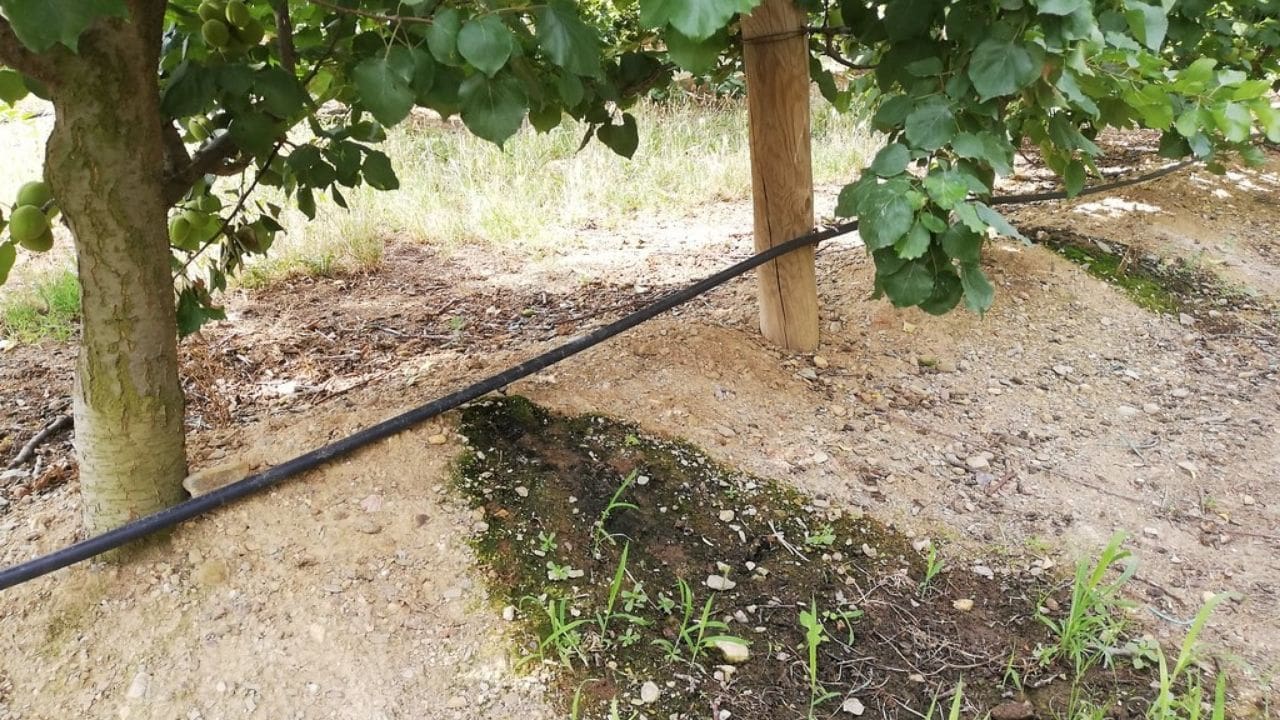

Storage Conditions
When storing harvested produce, it’s crucial to maintain optimal temperature and humidity levels to prolong shelf life and preserve quality.
Proper air circulation is also essential to prevent moisture buildup and the growth of mold.
Additionally, implementing effective pest prevention measures is imperative to safeguard the stored produce from infestations and damage.
Optimal Temperature and Humidity
For optimal storage conditions of harvested produce, maintaining specific temperature and humidity levels is crucial to preserving quality and extending shelf life. It’s essential to consider the following factors:
- Temperature Control:
- Keep the storage area at the recommended temperature range for the specific produce to slow down the ripening process and minimize decay.
- Use temperature monitoring devices to ensure that the storage area remains within the ideal range, preventing damage from freezing or overheating.
- Humidity Management:
- Adjust humidity levels based on the type of produce stored to prevent wilting or excess moisture, which can lead to mold and bacterial growth.
- Employ humidifiers or dehumidifiers as needed to maintain the optimal humidity levels for different types of produce.
Air Circulation Importance
Proper air circulation within the storage area is essential for maintaining the quality and freshness of harvested produce.
Adequate air circulation helps to prevent the buildup of moisture, which can lead to mold and spoilage.
When designing your storage area, ensure that there are sufficient ventilation systems in place to facilitate the movement of air. This is particularly important for fruits and vegetables that release ethylene gas, as poor air circulation can result in accelerated ripening and decay.
Additionally, proper air circulation can help to maintain uniform temperature and humidity levels throughout the storage area, reducing the risk of hot spots or condensation that can promote bacterial growth.
Regularly inspect and maintain ventilation systems to ensure optimal air circulation for the preservation of your harvested produce.
Pest and Mold Prevention
To maintain the quality and freshness of harvested produce, it’s crucial to establish storage conditions that effectively prevent pest infestation and mold growth. Proper storage conditions involve the following:
- Temperature control:
- Maintain the appropriate temperature range for each type of produce to inhibit mold and pest activity.
- Humidity management:
- Keep humidity levels within the recommended range for each type of produce to prevent mold growth and minimize pest infestation.
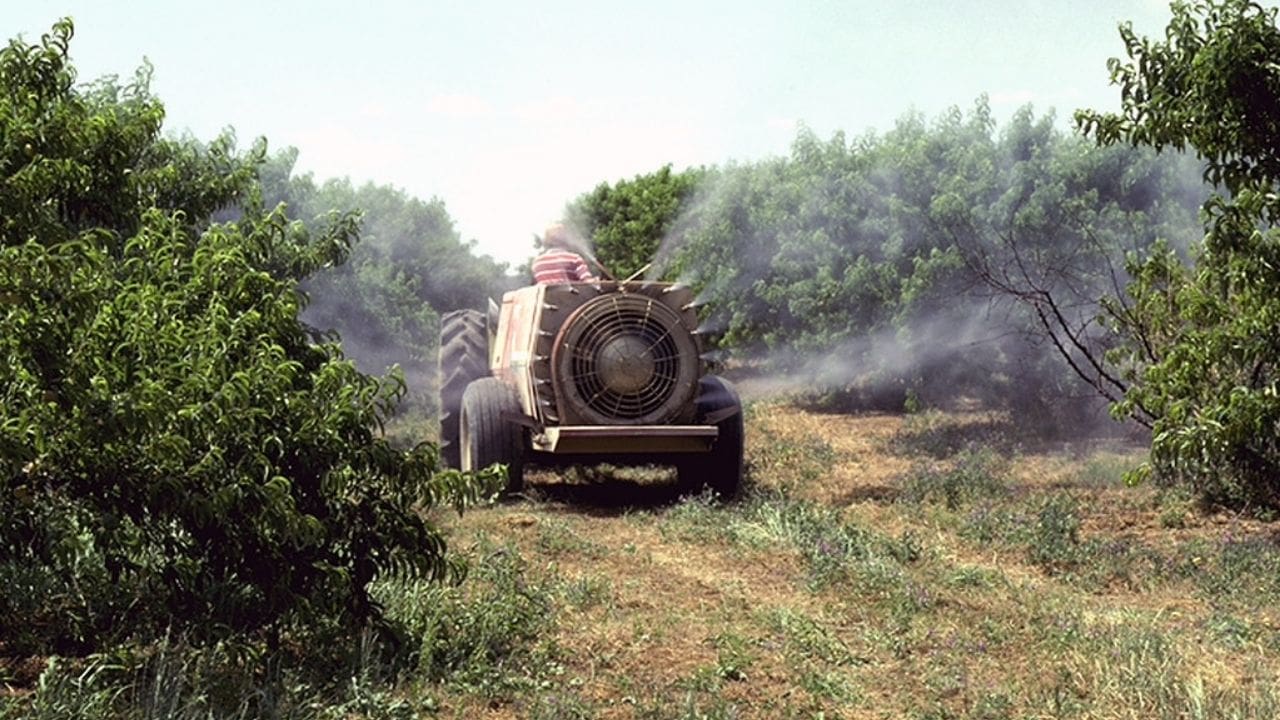

Ethylene Management
Ethylene, a natural plant hormone, plays a significant role in the ripening process of fruits and vegetables, making its management crucial for preserving post-harvest quality. Ethylene can accelerate the ripening and senescence of produce, leading to a shortened shelf life and reduced quality.
To effectively manage ethylene, it’s essential to minimize its accumulation in storage and transportation facilities. Implementing proper ventilation systems can help remove ethylene gas and maintain optimal levels of oxygen, thus slowing down the ripening process. Additionally, utilizing ethylene scrubbers or filters can aid in reducing ethylene concentrations within storage environments.
Furthermore, it’s crucial to store ethylene-producing fruits and vegetables separately from ethylene-sensitive ones to prevent premature ripening. Monitoring and controlling temperature and humidity levels in storage areas also play a vital role in ethylene management. Regular inspection of produce for signs of over-ripening or decay is necessary to identify and remove ethylene sources promptly.
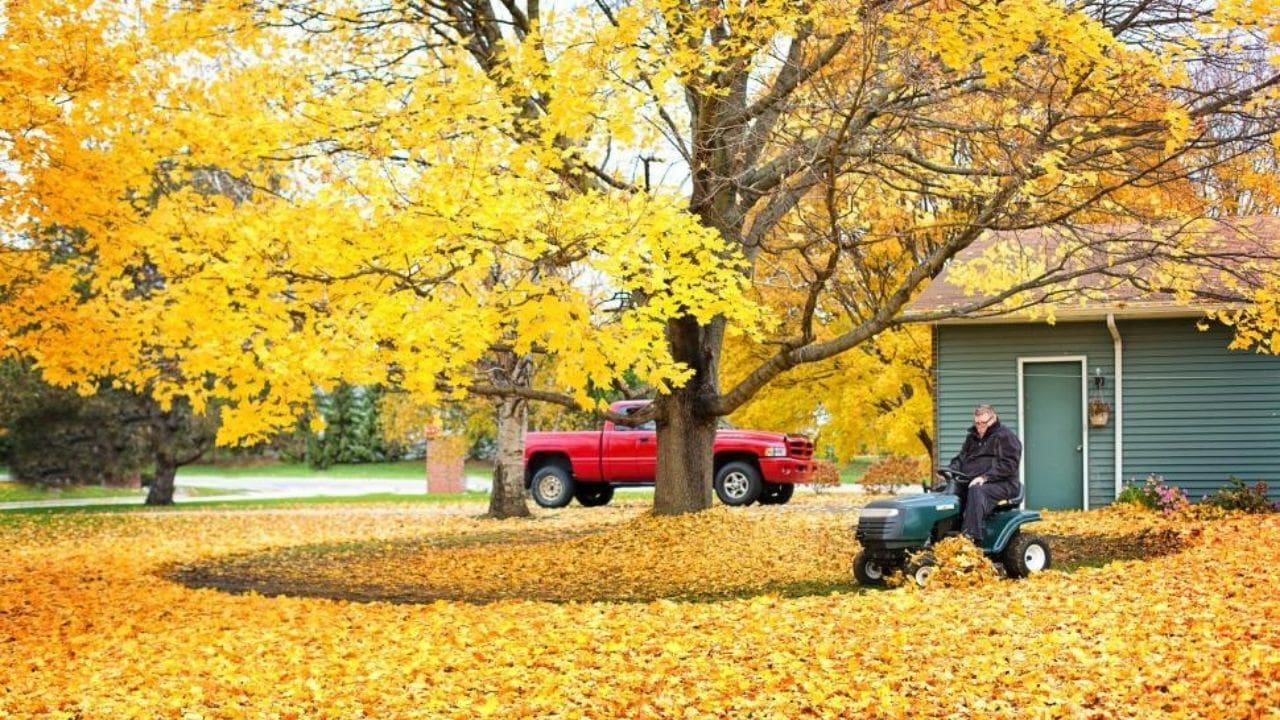

Temperature Control
Effective temperature control is critical for preserving post-harvest quality and should be carefully managed to prolong the shelf life of fruits and vegetables. Maintaining the right temperature during post-harvest handling and storage can significantly reduce spoilage and maintain the quality of produce.
Here’s what you need to know about temperature control:
- Optimal Temperature Ranges:
Different fruits and vegetables have specific optimal temperature ranges for storage. For example, berries should be stored at around 32°F to 36°F, while tomatoes are best kept between 55°F to 70°F. Understanding these temperature requirements is crucial for preserving the quality of your produce. - Monitoring and Control:
Invest in temperature monitoring tools such as data loggers or digital thermometers to regularly check and record the temperature in storage facilities. Implement a robust temperature control system to ensure that the conditions remain within the recommended range.
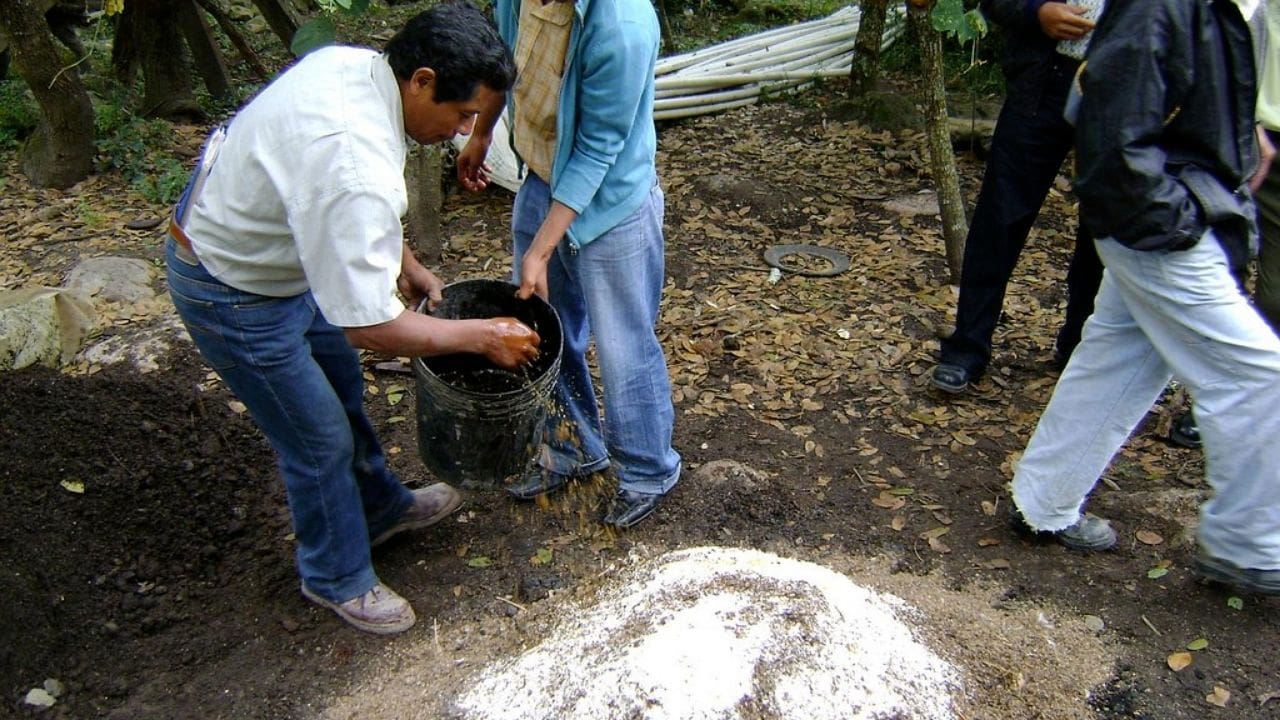

Humidity Control
Maintain optimal humidity levels to safeguard the post-harvest quality of fruits and vegetables, preventing moisture-related deterioration and preserving their market value. Controlling humidity is crucial as it affects the water content of produce, which directly impacts their shelf life.
High humidity can lead to accelerated decay, mold growth, and wilting, while low humidity can result in excessive moisture loss, leading to shriveling and loss of crispness.
To maintain ideal humidity levels, utilize hygrometers to measure the moisture content in the storage environment. For most fruits and vegetables, the recommended humidity range is between 85-95%.
Implementing proper ventilation and air circulation systems can help manage humidity levels effectively. Additionally, using techniques such as hydrocooling and evaporative cooling can aid in regulating humidity during post-harvest handling.
It’s important to note that different produce items may have specific humidity requirements, so it’s essential to tailor the humidity control measures accordingly.
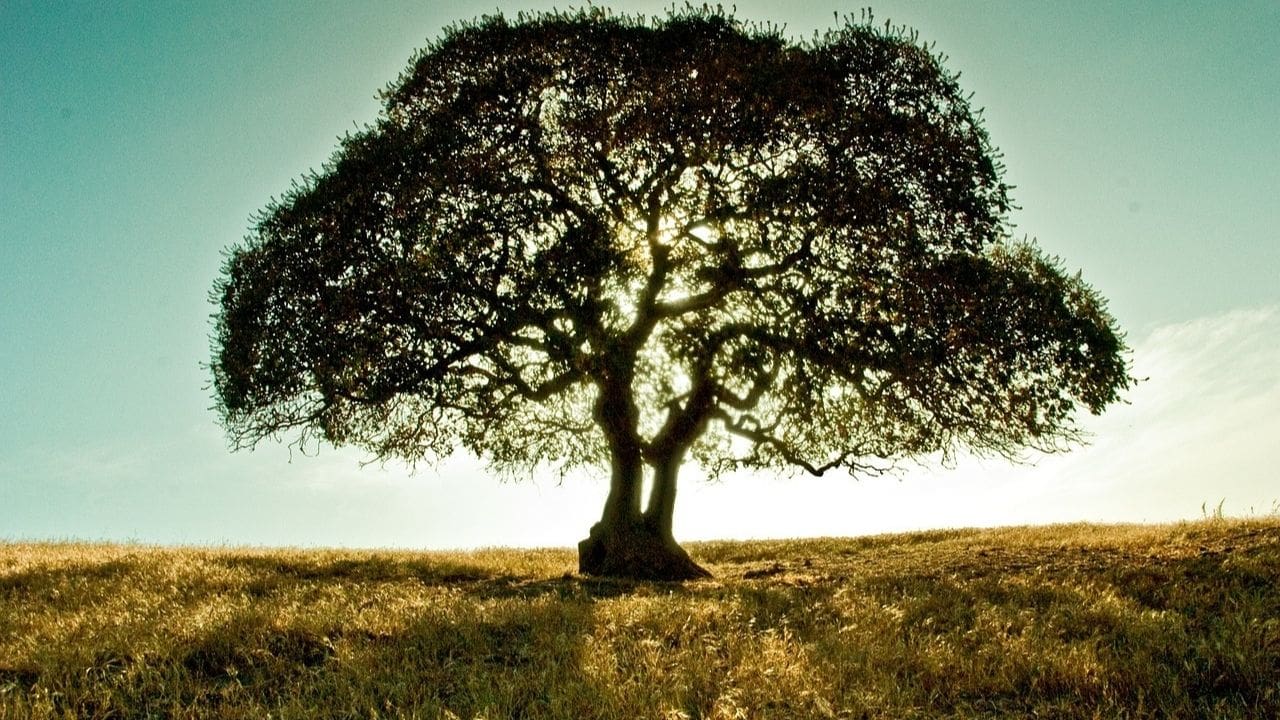

Sorting
To ensure the quality and market value of fruits and vegetables after harvest, the next critical step is the sorting process, which plays a vital role in determining the subsequent handling and distribution of produce. Efficient sorting is essential for maintaining the freshness and safety of the harvest. Here’s what you need to know:
- Importance of Sorting:
- Sorting helps identify and remove damaged, diseased, or overripe produce, preventing the spread of decay and maintaining the overall quality of the batch.
- It ensures uniformity in size, color, and ripeness, which is crucial for meeting market standards and consumer preferences.
- Key Sorting Practices:
- Implement a systematic approach to sorting, organizing produce based on factors such as size, ripeness, and quality.
- Utilize proper lighting and inspection equipment to accurately identify any defects or irregularities in the produce.
Rigorous sorting not only safeguards the quality and safety of the harvest but also contributes to higher marketability and consumer satisfaction. By investing time and attention into this critical step, you can significantly enhance the value and longevity of your produce.
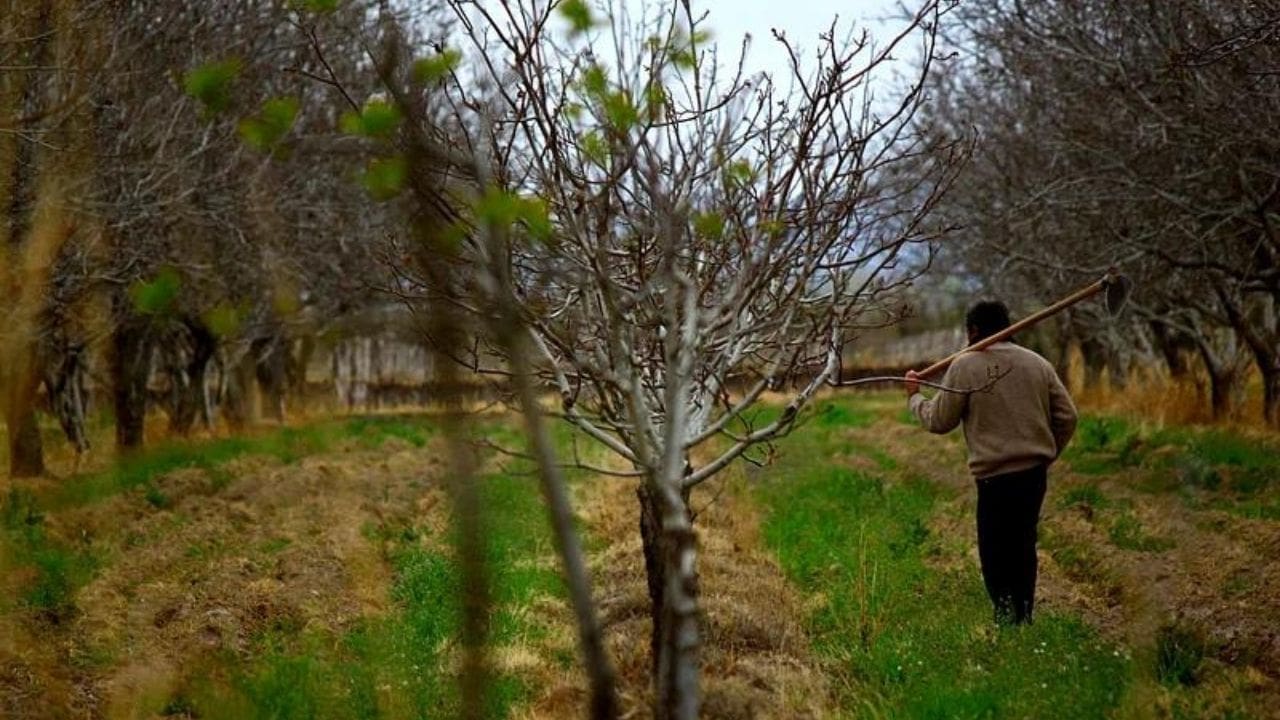

Grading
When grading fruits and vegetables, you assess their quality based on specific criteria such as size, color, and texture. Proper grading is essential to ensure that only high-quality produce reaches the market, reducing waste and maximizing profitability.
Size is a key factor in grading as it often correlates with ripeness and flavor. For instance, larger fruits may indicate overripeness or slower growth, while smaller fruits might be underdeveloped.
Color assessment is crucial; it can indicate ripeness, sweetness, or the presence of any defects. Texture evaluation involves assessing firmness, tenderness, and overall feel, which can be indicative of freshness and taste.
Additionally, grading standards may vary depending on the type of produce. It’s crucial to adhere to industry-standard grading guidelines to ensure consistency and consumer safety. Properly graded produce not only meets consumer expectations but also reduces the risk of contamination and spoilage.
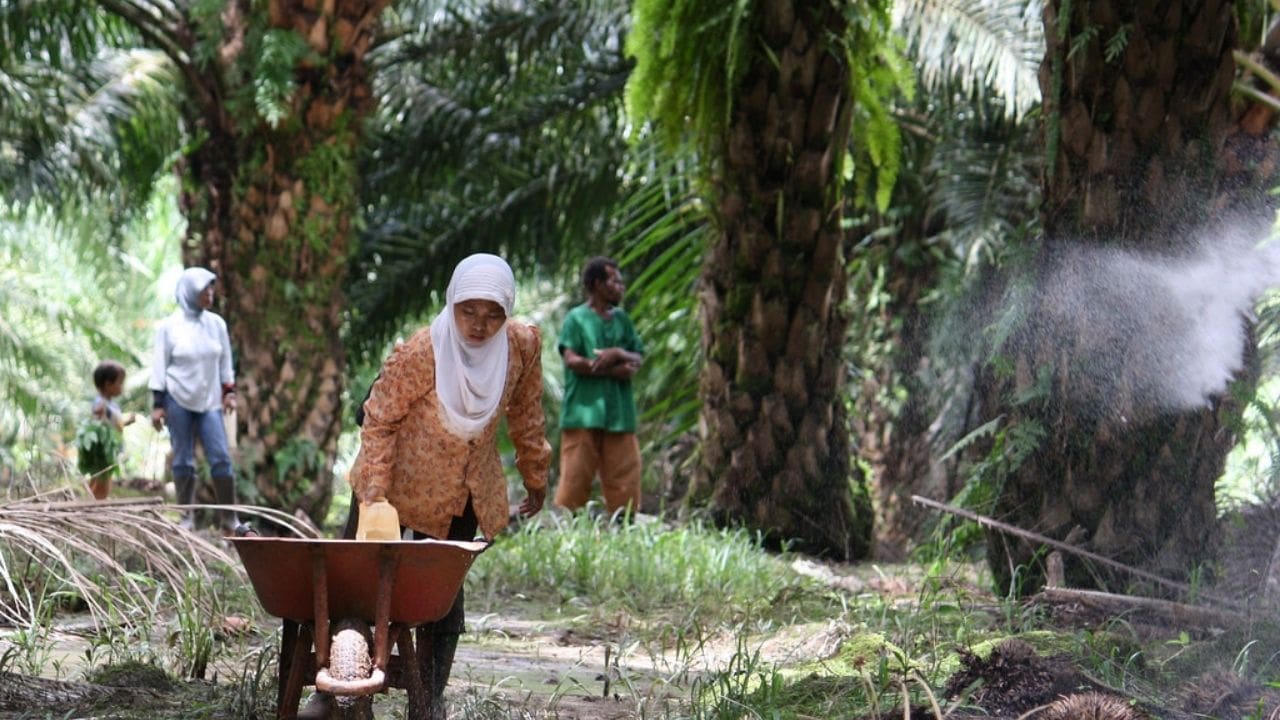

Packaging Materials
Grading high-quality produce based on specific criteria such as size, color, and texture naturally leads to the consideration of suitable packaging materials to maintain its freshness and quality throughout the supply chain.
When it comes to packaging materials, it’s crucial to consider the following:
- Material Selection: Choosing the right packaging material is essential to ensure the safety and quality of your produce. Factors such as breathability, moisture retention, and protection from physical damage need to be carefully evaluated.
- Examples: Options like corrugated cardboard, mesh bags, or food-grade plastic containers are commonly used for different types of produce. Each material offers unique benefits in terms of ventilation, protection, and sustainability.
- Sustainability and Recyclability: In today’s environmentally conscious world, it’s important to consider packaging materials that are sustainable and recyclable, contributing to your commitment to eco-friendly practices.
- Considerations: Look for packaging materials made from biodegradable or recyclable materials to reduce environmental impact and align with consumer preferences for sustainable products.
Careful consideration of these factors won’t only ensure the safety and quality of your produce but also contribute to sustainable and environmentally friendly practices in the supply chain.
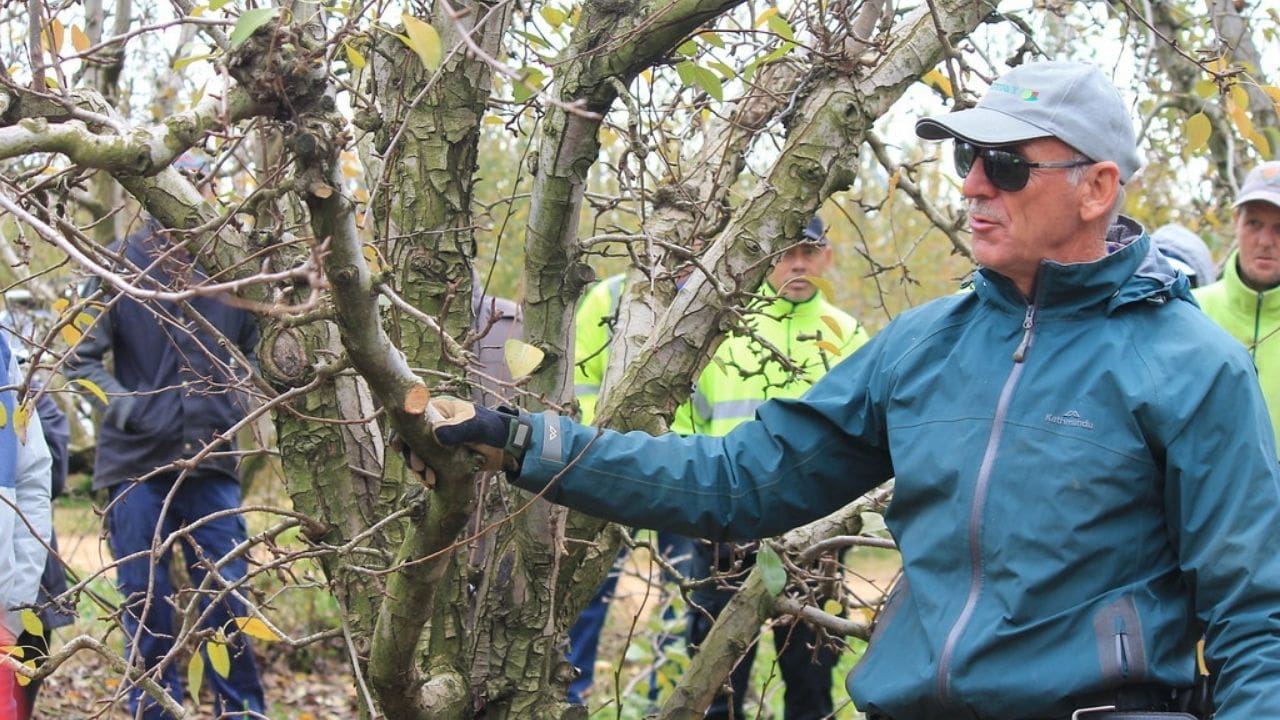

Frequently Asked Questions
What Are the Best Practices for Handling and Transporting Harvested Produce to Ensure Minimal Bruising and Damage?
When handling and transporting harvested produce, ensure minimal bruising and damage by using proper packing materials, gentle handling, and temperature control. This ensures freshness and quality, meeting consumer demands and maximizing profits.
How Can I Determine the Optimal Storage Conditions for Different Types of Fruits and Vegetables to Maximize Shelf Life and Quality?
To determine optimal storage conditions for different types of fruits and vegetables, assess factors like temperature, humidity, and ethylene sensitivity. Use resources like USDA guidelines and university extension services for specific recommendations to maximize shelf life and quality.
Are There Any Natural Methods for Ethylene Management That Can Be Used to Extend the Freshness of Harvested Produce?
You can use natural methods like using activated charcoal, potassium permanganate, or specialized ethylene-absorbing products to extend the freshness of harvested produce by managing ethylene levels, thus maximizing shelf life and quality.
What Are the Recommended Temperature and Humidity Levels for Storing and Transporting Different Types of Produce to Prevent Spoilage?
To prevent spoilage, maintain recommended temperature and humidity levels for each type of produce during storage and transportation. This ensures freshness and quality. Regularly monitor and adjust conditions to prolong shelf life and reduce waste.
How Can I Ensure That the Packaging Materials Used for Harvested Produce Are Both Sustainable and Effective at Preserving Freshness?
To ensure sustainable and effective packaging for harvested produce, select materials with minimal environmental impact and optimal preservation properties. Consider biodegradable options like compostable bags and recyclable containers to maintain freshness while reducing waste.


Hello there! I’m Logan Foster, the green-thumbed social media marketer behind the vibrant world of 1800TreeGuy.com. With roots firmly planted in arboriculture, I’ve branched out to help clients cultivate their dream outdoor spaces, one leafy canopy at a time. My knack for nurturing nature is more than a profession—it’s a way of life.
When I’m not talking trees and teaching the art of arboreal care, you can find me cheering on the Bulldogs—my alma mater’s pride and my forever team. My environmental studies there didn’t just teach me about ecosystems; they instilled a lifelong passion for protecting our planet.
Off the clock, I’m an adventurer at heart. Whether it’s trekking the Appalachian trails, pedaling down a mountain path, or crafting guides to share the wonders of the wild, I’m happiest with soil under my nails and the sun on my face. And let’s not forget Yoda, my pug sidekick. He may not have mastered the art of stillness, but his joyful grins are my daily dose of happiness.
I’m all about making connections—between people and the great outdoors and between my clients and their ideal landscape visions. My approach is personal; every tree has a story, and every garden reflects its caretaker.
If you want to green your scene or share in my outdoor escapades, give me a shout on Instagram or Facebook. Let’s cultivate a conversation and grow a community rooted in a love for the lush life.















